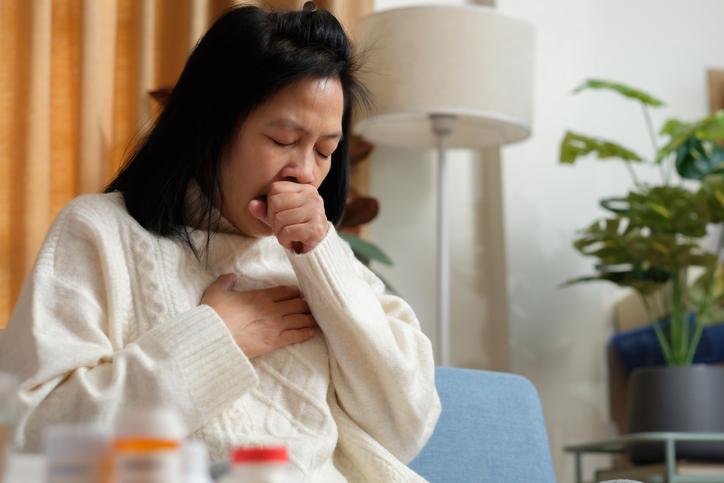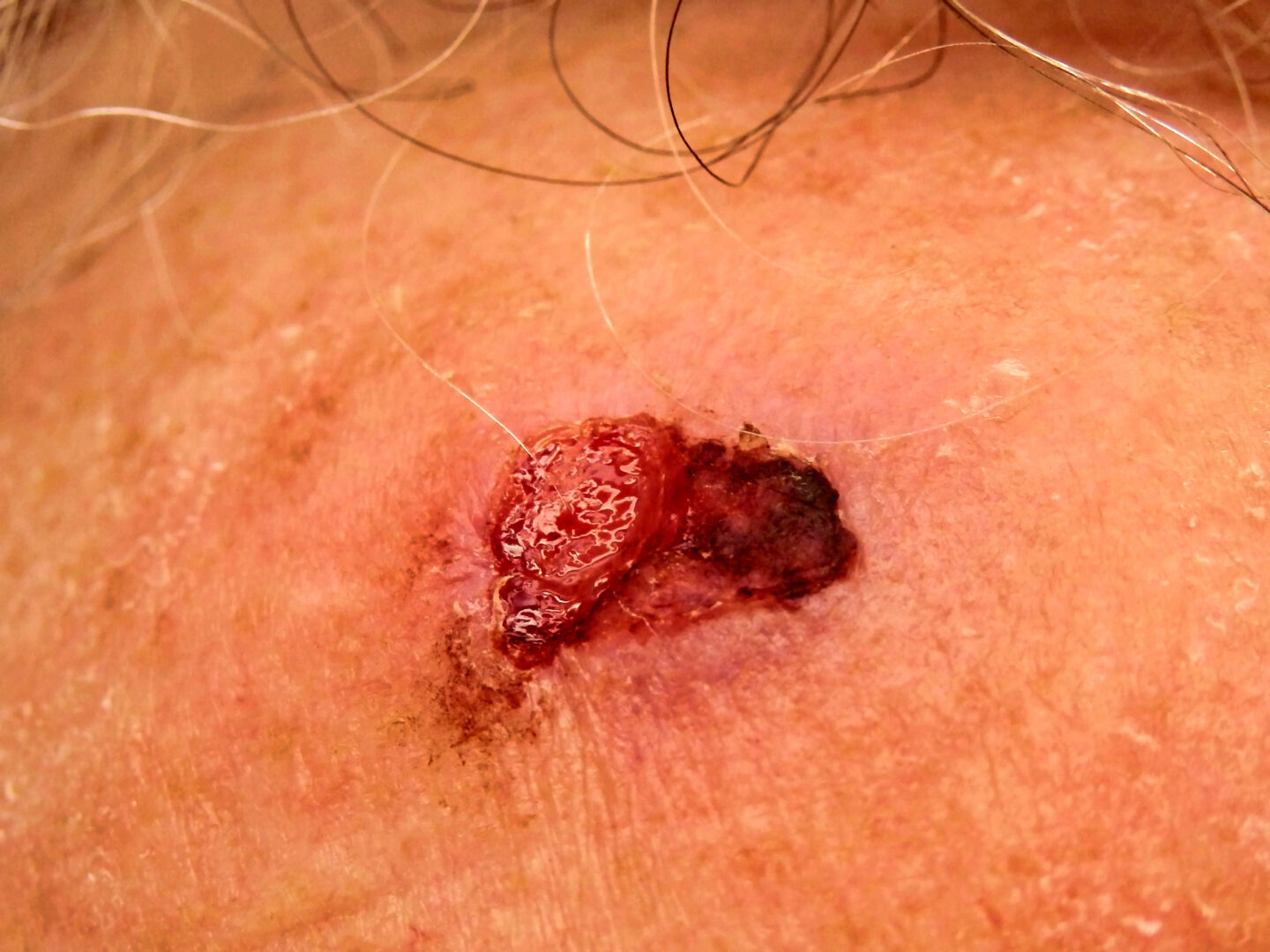Lung cancer in never smokers: what are the red flags?
In this article, we explore the incidence of lung cancer in never smokers, common barriers to diagnosis, and tips for primary care clinicians to support patients.
Incidence
A never smoker is classified as someone who has smoked less than 100 cigarettes in their lifetime (Bhopal et al, 2019; Dubin et al, 2020). Rates of lung cancer in this group are increasing. In the UK, it is estimated that there are over 6,000 never-smoker patients who die from lung cancer every year, making non-smoking lunch cancer the 8th most common cause of cancer related death (Bhopal et al, 2019). Globally, The World Health Organisation estimated that 25% of lung cancer occurs in never smokers, however, this percentage is estimated to be 10 – 15% in Western countries (Couraud et al, 2012). A growing number of studies have described the distinct pathological, biological, and clinical features of lung cancer in never smokers ((Bhopal et al, 2019. Although it is uncommon, diagnosis is often delayed as lung cancer is still considered a “smokers’ disease. The message is clear: if you have lungs, you can get lung cancer.
How can we help?
The early detection of non-smoking lung cancer has been included in GatewayC’s free 1 hour Lung Cancer course. In this course we spoke to GPs and academics, including Dr Matthew Evison, a Consultant Chest Physician, to find out more.
Watch Dr Evison’s tips to detect non-smoking lung cancer in primary care.
Persistent chest symptoms
If your patient has persistent chest symptoms longer than 3 weeks (cough, breathlessness, chest pain) consider investigation. The first step is a chest X-ray (CXR).
Remember: a normal CXR does not exclude lung cancer.
Gut instinct
Listen to your GP gut instinct if you feel something is not right in the patient. Smoking status should not influence the decision about whether to investigate persistent unexplained symptoms.
Safety netting
It is essential that there is a robust safety netting pathway for patients to return if their symptoms do not improve, and that safety netting advice is explicit. If you suspect your patient has lung cancer it is essential that the appropriate NICE referral guidance is followed.
Remember: If you have lungs, you can get lung cancer
Find out more:
- Start GatewayC’s Lung Cancer course
- Lung cancer in never-smokers: a hidden disease – PMC (nih.gov)
- Lung Cancer in Non-Smokers – PMC (nih.gov)
- Time trends in never smokers in the relative frequency of the different histological types of lung cancer, in particular adenocarcinoma – PubMed (nih.gov)
- Lung cancer in never smokers in the UK Million Women Study – PMC (nih.gov)
- Why do never-smokers get lung cancer? (cancerresearchuk.org)




